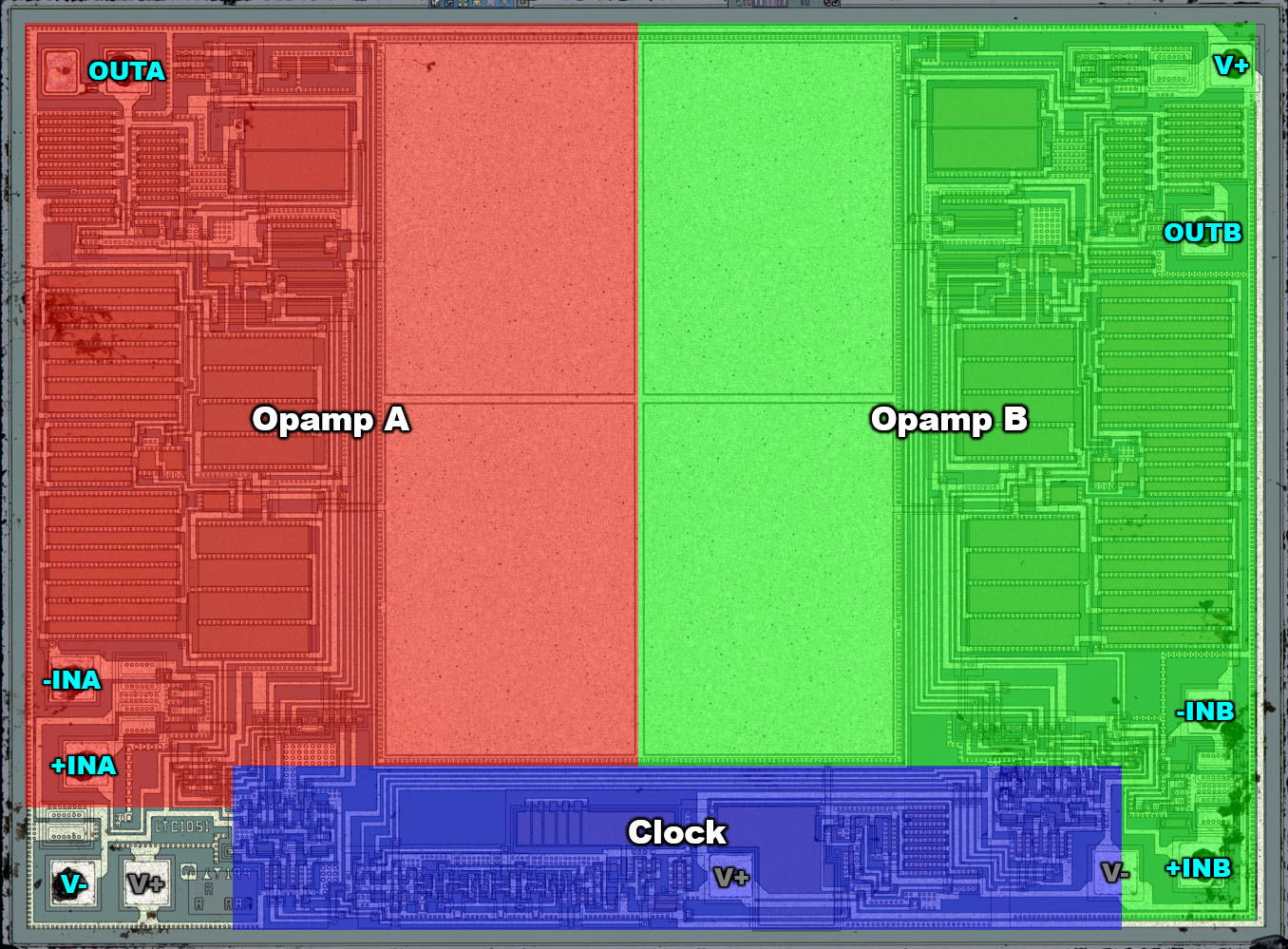Good Day!
Just want to know if ZT-703S is a good multimeter+oscilloscope for a hobbyist like me. I am coming from a DSO150. Which is a better buy among these:
Zoyi ZT-703S ~ 37.80USD (New)
Owon HDS242S ~ 74.16USD (New)
Owon HDS2202S ~ 78.07USD (Used)
At double the price, does the owon variants have better features, accuracy, reliability?
Thanks!
Where did you find these prices? I can find just these lowest prices:
Zoyi 703s shipped to the Philippines is USD 75 on Aliexpress,
Owon HDS242S is USD 144 on Banggood at the moment
Be careful, because sometimes the price os other models are shown if you search for these products (e.g. Zoyi 702 and Owon HDS242 - which doesn't have signal generator)
The 2 products are close to each other in specs, but Owon is double the price. I'm not an electornics expert at all, but based on what I've read so far I found the Owon HDS242S far better than the Zoyi 703s.
Pros for Owon HDS242S compared to Zoyi 703s (for me):
- It seems it has the same hardare as the 70 MHz model, therefore the signal amplitude doesn't shrink even when measuring above 30MHz
- Usable signal generator (Zoyi 703s is very noisy -> low quality, signal output is not BNC)
- Works as described, it meets the specifications
- Has more probe settings e.g. x1000, x10000 (Zoyi has x100 starting since a recent firmware update)
- 4400 mAh battery capacity - 2x 18650 battery (vs. 3400 mAh, 1x 18650 battery in Zoyi)
- Horizontal scale: 5ns/div-1000s/div (Zoyi has 10ns/div-20s/div)
- Stable and accurate software (Zoyi has a lot of inaccuracy issues in the measurements)
Cons for Owon HDS242S compared to Zoyi 703s:
- Has only 8K memory (Zoyi has 128K)
- Multimeter part has "just" 20 000 counts (Zoyi has 25 000)
- It seems firmware is not being updated (Zoyi is continuously gettig FW updates - unfortunately it doesn't mean that all known issues are fixed)
- Somewhat lower bandwidth based on specs: 40 MHz (Zoyi _claims_ 50 MHz, but while you can measure in Owon's full specified bandwidth, with Zoyi's it's not the case)
- Only sold with 1 probe (Zoyi is sold with 2 probes as an option)
All in all I found the HDS far more superior than the Zoyi, but it also comes with an almost 2x price tag.
DISCLAIMER: I have very limited knowledge in electronics. This is solely my opinion and understanding based on the information from manufacturers or elsewhere I found on the Internet. I don't own any of these products.



 Recent Posts
Recent Posts



